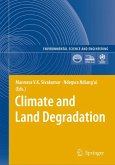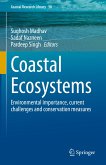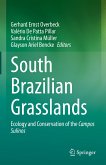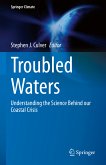This book offers a new ecosystemic approach to the understanding of mangrove and salt marsh ecosystems. Brazil has one of the largest areas of mangroves in the world, where salt marshes might or might not be associated. Different landscapes comprise the extensive coastline, where mangrove and salt marsh species' composition is discussed through the analysis of physiography, zonation, and succession processes. Both salt marsh and mangrove plants and the associated macroalgae will be characterized in their ecophysiological and phenological aspects, as well as genetic and epigenetic diversity. The chapters on microbial diversity and litterfall expose the well-known importance of these ecosystems as highly productive carbon sinks and pumps. The associated fauna of invertebrates (benthic meio and macrofaunas, especially brachyuran crabs) and vertebrates (fishes, birds, and mammals) are presented in a special section. The conservational approach encompasses issues, such as historical ecology, economic valuation, protected areas, environmental education, climate changes, and adaptive management.
Dieser Download kann aus rechtlichen Gründen nur mit Rechnungsadresse in A, B, BG, CY, CZ, D, DK, EW, E, FIN, F, GR, HR, H, IRL, I, LT, L, LR, M, NL, PL, P, R, S, SLO, SK ausgeliefert werden.
Hinweis: Dieser Artikel kann nur an eine deutsche Lieferadresse ausgeliefert werden.









